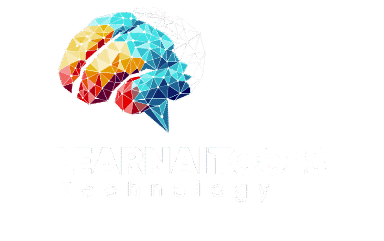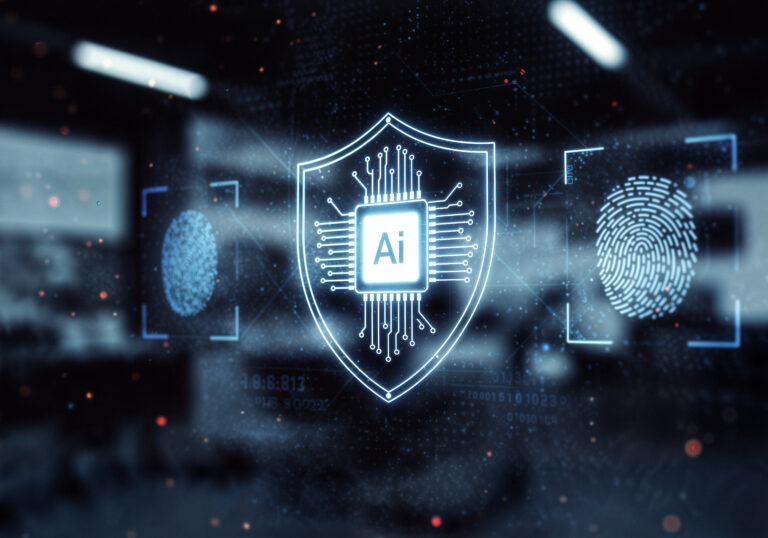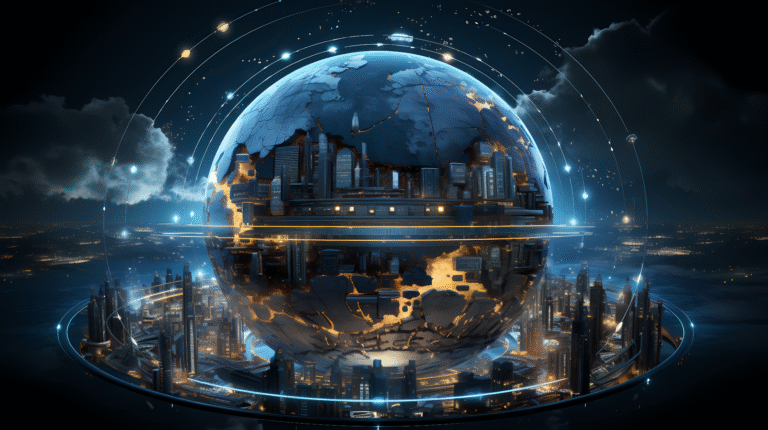
AI Cybersecurity 2025 – Safeguarding the Future of Digital Security
Introduction
AI Cybersecurity 2025 marks a major turning point in the fight against digital threats. In today’s hyper-connected world, cyberattacks have grown more advanced, targeting everything from personal devices to national infrastructures. Traditional defense mechanisms can no longer handle the scale and sophistication of these attacks. Artificial intelligence is stepping up as the next-generation guardian, offering smarter, faster, and more adaptive protection against hackers and cybercriminals.
Why AI Cybersecurity 2025 is Crucial
AI Cybersecurity 2025 is essential because cybercriminals are now using AI themselves to create deepfakes, launch automated attacks, and find vulnerabilities. Without AI, even the strongest security systems are vulnerable. AI-powered solutions can detect unusual activities, respond instantly, and adapt to new threats, making them indispensable for modern security.
By enabling real-time monitoring and predictive analysis, AI cybersecurity ensures that organizations and individuals remain protected in a constantly evolving digital environment.
Key Features of AI Cybersecurity 2025
AI Cybersecurity 2025 is different from traditional systems because it introduces advanced capabilities, including:
- Real-Time Detection – Identifies threats as they happen.
- Predictive Defense – Anticipates future attacks using machine learning.
- Automated Protection – Instantly responds without waiting for manual action.
- Self-Learning Models – Continuously improves from past data.
- Privacy-Centric Security – Guards sensitive data with stronger encryption.
These features make AI-driven defense more effective and reliable against fast-changing cyber threats.
Global Shift Toward AI Cybersecurity 2025
AI Cybersecurity 2025 is being adopted worldwide as countries and organizations prepare for the next era of digital defense.
- United States: Financial institutions use AI to stop fraud in real time.
- Europe: AI ensures compliance with strict privacy regulations like GDPR.
- Asia: Countries like India, China, and Japan invest in AI-driven cybersecurity for smart cities and digital banking.
- Middle East & Africa: Rapidly growing digital economies rely on AI to secure online payments and prevent fraud.
This global adoption reflects the growing understanding that AI cybersecurity is not optional but a survival necessity.
Business Benefits of AI Cybersecurity 2025
AI Cybersecurity 2025 gives businesses an edge by ensuring strong protection against data leaks and financial fraud. It also helps companies:
- Save millions by preventing costly breaches.
- Build trust with customers through secure digital services.
- Automate compliance with international security standards.
- Protect intellectual property from cyber espionage.
Companies that adapt AI cybersecurity early will enjoy long-term stability and a stronger reputation in the digital market.
Personal Security in AI Cybersecurity 2025
AI Cybersecurity 2025 also empowers individuals. With more people using online banking, digital wallets, and social platforms, personal data theft is a growing risk. AI-driven apps can:
- Identify phishing websites.
- Detect unusual login activity.
- Warn users of possible scams.
- Protect devices from malware.
This personal layer of AI-powered protection ensures that everyday users can navigate the online world with confidence.
Challenges in AI Cybersecurity 2025
AI Cybersecurity 2025 is powerful, but it faces some challenges:
- AI-Driven Attacks: Hackers are also using AI to outsmart defense systems.
- Privacy Risks: Large datasets used for training can raise ethical concerns.
- High Costs: Smaller organizations may find it hard to afford advanced AI solutions.
- Policy Gaps: Lack of global cybersecurity laws makes adoption uneven.
Overcoming these challenges will require cooperation between governments, tech companies, and regulatory bodies.
The Future of AI Cybersecurity 2025
AI Cybersecurity 2025 is only the beginning of a new era. In the future, AI will combine with technologies like quantum computing, blockchain, and biometrics to create nearly unbreakable security networks. Critical infrastructure like hospitals, airports, and financial systems will be heavily reliant on AI cybersecurity to prevent digital terrorism.
The future points toward stronger, smarter, and more resilient digital defenses—powered by AI.
Conclusion
AI Cybersecurity 2025 is redefining digital defense. It is not an optional upgrade but a necessity for protecting individuals, businesses, and nations. By offering predictive analytics, real-time responses, and adaptive learning, AI has become the backbone of modern cybersecurity.
The battle against cybercrime will not be won by outdated methods but by intelligent, self-learning systems. With AI at the heart of cybersecurity, the digital world of 2025 and beyond will be safer, stronger, and better prepared for the challenges ahead. To explore more about the latest AI innovations and tools, visit Learn Ai Tools.




